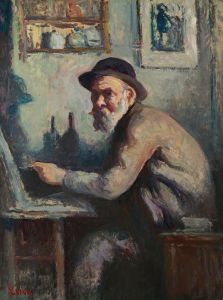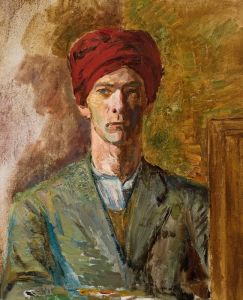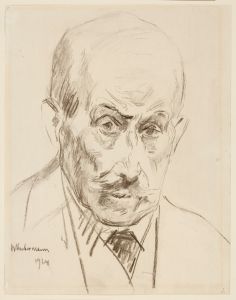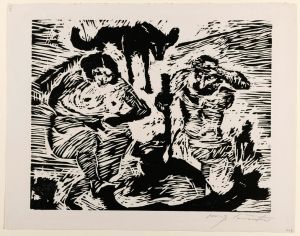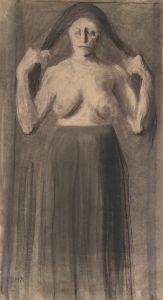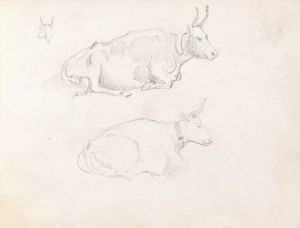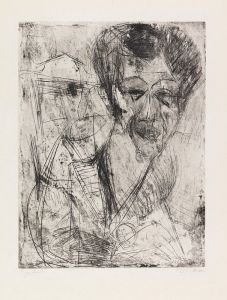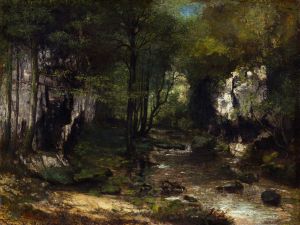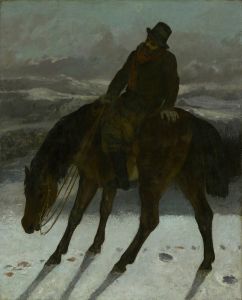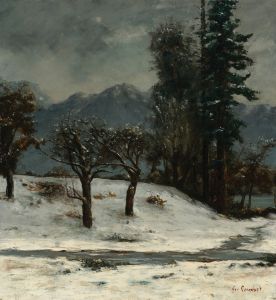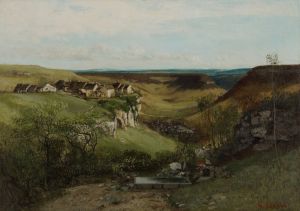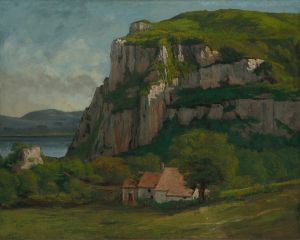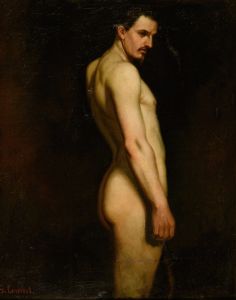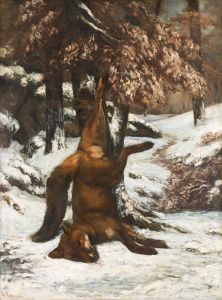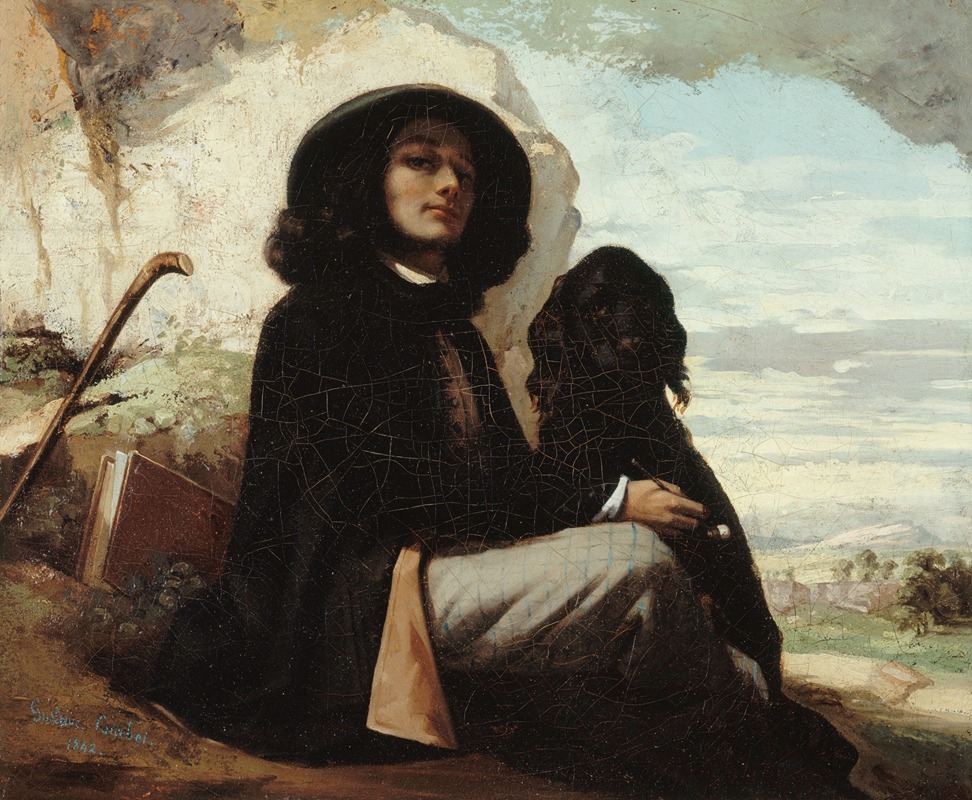
Autoportrait dit Courbet au chien noir
A hand-painted replica of Gustave Courbet’s masterpiece Autoportrait dit Courbet au chien noir, meticulously crafted by professional artists to capture the true essence of the original. Each piece is created with museum-quality canvas and rare mineral pigments, carefully painted by experienced artists with delicate brushstrokes and rich, layered colors to perfectly recreate the texture of the original artwork. Unlike machine-printed reproductions, this hand-painted version brings the painting to life, infused with the artist’s emotions and skill in every stroke. Whether for personal collection or home decoration, it instantly elevates the artistic atmosphere of any space.
"Autoportrait dit Courbet au chien noir" (Self-Portrait with Black Dog) is an oil painting created by the French artist Gustave Courbet in 1842. This work is one of Courbet's early self-portraits and is notable for its depiction of the artist with a black dog, which adds a personal and intimate dimension to the piece.
Gustave Courbet (1819-1877) was a leading figure in the Realist movement, which emerged in the mid-19th century as a reaction against the Romanticism that had dominated French art. Courbet's commitment to depicting everyday life and ordinary people with unidealized realism marked a significant departure from the more stylized and dramatic works of his predecessors.
In "Autoportrait dit Courbet au chien noir," Courbet presents himself in a naturalistic manner, capturing his own likeness with a sense of immediacy and authenticity. The painting shows the artist seated outdoors, dressed in a casual yet stylish manner, with a black dog resting by his side. The background features a serene landscape, which contrasts with the more detailed and focused rendering of Courbet and his canine companion.
The black dog in the painting is believed to be Courbet's own pet, which adds a layer of personal significance to the work. The inclusion of the dog not only serves to humanize the artist but also reflects Courbet's interest in portraying the relationship between humans and animals, a theme that recurs in his later works.
The composition of the painting is carefully balanced, with Courbet positioned slightly off-center to the left, creating a sense of depth and space. The artist's gaze is directed towards the viewer, establishing a direct and engaging connection. The use of light and shadow in the painting is skillfully executed, highlighting Courbet's features and the texture of his clothing, while the softer, more diffuse light in the background enhances the overall atmosphere of the scene.
"Autoportrait dit Courbet au chien noir" is significant not only as a self-portrait but also as an early example of Courbet's realist approach. The painting demonstrates his ability to capture the essence of his subjects with honesty and precision, qualities that would come to define his later works. Courbet's emphasis on realism and his rejection of idealization were influential in shaping the direction of modern art, paving the way for future movements such as Impressionism and Post-Impressionism.
Today, "Autoportrait dit Courbet au chien noir" is housed in the Petit Palais, Musée des Beaux-Arts de la Ville de Paris. The painting remains an important work within Courbet's oeuvre, offering insight into the artist's early development and his commitment to portraying the world around him with unflinching realism.





